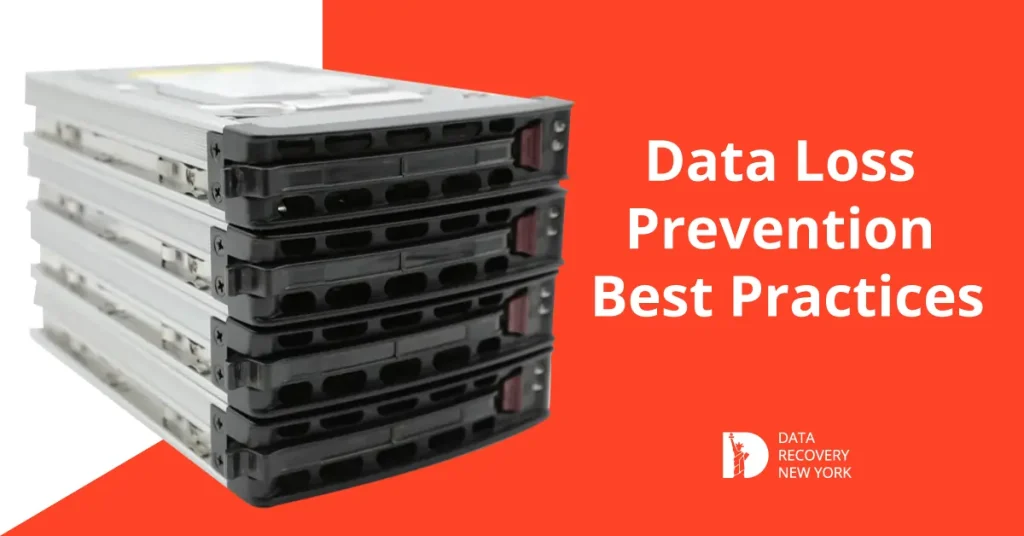Our information is like a gem in today’s digital age, and we must protect it. Imagine storing your secrets, photos, and important stuff in a special digital box. Data Loss Prevention (DLP) is like a superhero that keeps that box safe from bad guys. This is a set of processes, tools, and techniques to prevent the loss of sensitive information. In this article, we’ll talk about some cool ways to keep your information safe in your organization.
Understanding Data Loss Prevention (DLP) Solutions
Data Loss Prevention (DLP) solutions are crucial tools or software designed to assist organizations in preventing data loss incidents. DLP solutions play a vital role in defending critical assets by actively monitoring and controlling the flow of sensitive information, such as financial records, customer data, or intellectual property.
These solutions can be implemented in different forms, including hardware, software, or cloud-based services, providing organizations with flexible options to meet their needs. With the ever-increasing importance of data protection, implementing rich DLP solutions has become vital for businesses of all sizes and industries.
What Does Data Loss Prevention Do?
Discover the power of Data Loss Prevention (DLP) – your digital guardian protecting valuable information from unauthorized access and leaks:
Secrets of DLP Functionality:
Imagine a trusty guardian robot diligently watching over your treasure chest. Data Loss Prevention (DLP) plays a similar role in the digital world, always watching your valuable information. The guardian sounds an alarm if it senses anything suspicious or anyone attempting to pry into your secrets.
Like our imaginary robot, it keeps an eye on your digital stuff – whether it’s being used, resting, or moving. DLP uses clever tricks like a secret code (encryption), access control, and sorting info to ensure only the right folks can see it. It’s like having a smart friend watching over your digital treasures, ensuring they stay safe and sound.
Benefits of DLP:
Embracing full DLP solutions goes beyond safeguarding against potential data breaches; it becomes a shield against ever-expanding digital threats. Organizations adopting DLP provide compliance with critical regulations like GDPR and HIPAA. It significantly mitigates the risk of reputational damage, financial losses, and legal repercussions from data breaches.
Beyond this defensive role, DLP solutions elevate overall data security by providing real-time monitoring and reporting capabilities. Having a digital patrol that guards your treasures and informs you about potential risks.
Data Loss Prevention for the Cloud
Protecting sensitive information in cloud environments is crucial as data storage trends shift toward the virtual kingdom. DLP solutions now offer advanced features like data encryption and access control to counter unique security risks. With a sharp eye on your digital treasures, these digital guardians provide secure transfer and storage, keeping your secrets safe amidst the virtual clouds.


DLP for Cloud Environments
Picture this: your digital treasures, now living in the vast expanse of the cloud, are under the watchful eyes of DLP who has mastered the art of flying up there. They ensure your secrets remain safe, whether stored in your room or in the clouds.
As data storage trends in cloud environments grow, DLP solutions have evolved to extend their protective embrace to this digital world. In public or private clouds, organizations can now harness the full power of DLP features, ensuring the safe transfer and storage of sensitive information amidst the virtual clouds.
Considering Cloud-Specific Risks
While cloud computing brings forth benefits like scalability and cost-effectiveness, it also introduces unique security risks. DLP solutions tailored for the cloud don’t just stop at flying up there; they come armed with advanced features like data encryption and access control to shield against these risks.
Moreover, these digital guardians offer a peek into how your data is used within the cloud environment, allowing organizations to spot potential vulnerabilities and proactively take measures to keep their digital treasures safe.
Secure your data in the cloud with DLP solutions and embrace the benefits of scalability and cost-effectiveness while proactively guarding against potential vulnerabilities. Your digital treasures deserve the maximum protection.
What is the Data Loss Prevention Policy?
Think of this like setting some rules for your superhero robot. The rules tell it what to look out for and how to keep your treasures safe. Your superhero knows exactly what to do to protect your digital goodies.
Similarly, a Data Loss Prevention policy is a set of guidelines and procedures that dictate how DLP solutions will be utilized within an organization to safeguard sensitive data. It outlines the roles and responsibilities of staff, sets expectations for data handling, and establishes protocols for preventing and responding to potential data breaches.
Key Components of a Data Loss Prevention Policy
- Data Classification: Similar to how our superhero robot identifies different types of threats, data classification is the process of categorizing information according to its level of sensitivity. It allows organizations to prioritize their protection efforts and implement appropriate security measures for each category.
- Access Control: Just like our digital guardian only lets the right people access your treasures, access control in DLP ensures that sensitive data is only accessible to authorized personnel. It can include multi-factor authentication, role-based access, and other methods of controlling who can view, edit, or share sensitive information.
- Encryption: In case a data breach does occur, encryption ensures that the stolen information is rendered useless to unauthorized individuals. It converts readable data into scrambled code, making it nearly impossible for anyone without the decryption key to access the information.
- Monitoring and Reporting: DLP solutions provide real-time reporting capabilities, allowing organizations to track data usage within their digital environment. This includes tracking user activity, identifying potential threats, and generating reports for compliance purposes.
Best Practices for Preventing Data Loss
Safeguarding your valuable data, here are some key best practices to follow:
Regular Updates
Education
Keeping Watch
Magic Locks
Checkups
By following these best practices, you can enhance your data protection efforts and minimize the risk of data loss. If you encounter any data loss on your storage media, our 24/7 emergency data recovery service is here for you.
Frequently Asked Questions
What is Data Loss Prevention (DLP)?
DLP is like a digital superhero safeguarding sensitive information in the vast digital landscape. It involves processes, tools, and techniques to prevent the loss of valuable data, acting as a guardian for your digital treasures.
How do DLP solutions work?
DLP solutions actively monitor and control the flow of sensitive information, employing techniques like encryption, access control, and data classification. They act as digital guardians, ensuring only authorized individuals can access your valuable data.
Why are DLP solutions important for organizations?
DLP solutions are crucial for organizations as they defend critical assets by monitoring and controlling the flow of sensitive information. They provide real-time monitoring, compliance with regulations, and shield against reputational damage, financial losses, and legal consequences from potential data breaches.
How do DLP solutions adapt to cloud environments?
DLP solutions for the cloud use advanced tricks like encryption and access control to keep sensitive info safe during transfer and storage in the virtual world, guarding digital treasures stored in the cloud.
What is a Data Loss Prevention Policy?
A Data Loss Prevention policy is like making rules for a superhero robot. It guides how to use DLP solutions, protects sensitive data, defines roles, and sets rules for preventing and responding to data breaches.

